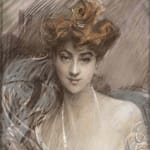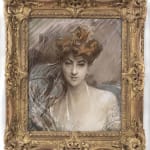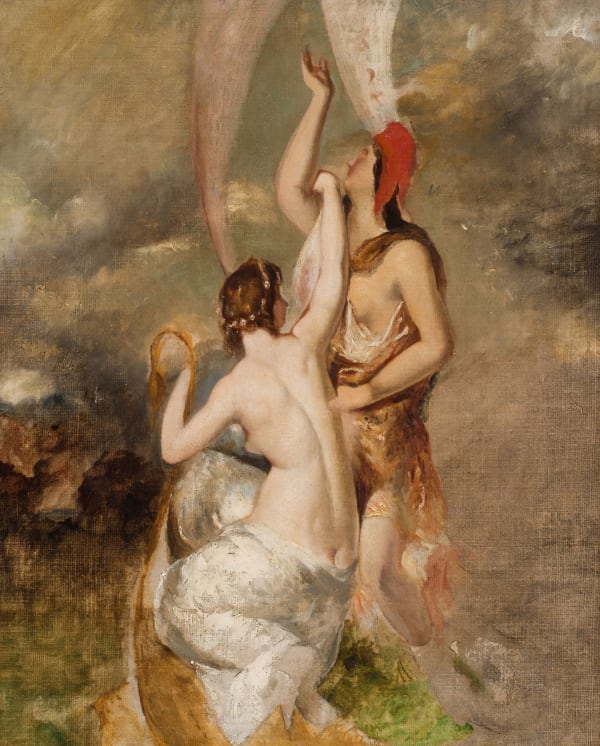

GIOVANNI BOLDINI Italian, FERRARA 1842-PARIS 1931
SOLD
Provenance
Possibly the La Rochefoucauld; Galleria La Fenice, Venice (their label formely on the old backing board); private collection, Paris; Anonymous sale, Paris, Hôtel Drouot (Couturier-Nicolay), 15 April 1988, lot 32; private collection, France; private collection, Rome.
Exhibitions
Possibly Paris, Hôtel Jean Charpentier, Boldini, 1931, no.55 (‘Portait de Lucie Gérard’, lent by M. Kelekian).
Literature
P. Dini, F. Dini, Giovanni Boldini 1842-1931: Catalogo Ragionato. Vol. III: Catalogo ragionato della pittura a olio con un’ampia selezione di pastelli e acquerelli, pt. 1, Turin 2002, p. 321, no. 590 (as location unknown)
Born in Ferrara, Giovanni Boldini was introduced to drawing by his father Antonio, a passionate neo-fifteenth-century purist painter. At the age of twenty, he enrolled at the Academy of Fine Arts in Florence, but soon drifted away from mere academic technicalities and came into contact with a lively group of painters and intellectuals who had come together under the name of the “Macchiaioli”. Their new pictorial approach based on direct observation of nature was unquestionably stimulating for Boldini who, thanks to the Macchiaioli experience, had the opportunity to build a solid Luminist technique that would fill his subsequent French-period paintings with life.
In fact, it was to be in Paris that, like many of his fellow countrymen, Giovanni Boldini found his coveted artistic fame and fortune. Although his Parisian début at the Salon de Mars in 1874 focused on genre paintings and city views, Boldini was to make portraits his preferred field, in which very often – as in this case here – it was the women who were the true and undisputed protagonists, the “spark” of an expressive force that attempted to capture the fleeting moment. A characteristic which arose from a very specific interest long pursued by Boldini, namely, the attempt to visually translate the unfolding of time, of life itself.
Among the high society portraitists of his time, Boldini is the one who more than anyone else succeeded in personifying the myth of the Belle Époque; his bold and fluid style of painting proved highly successful, his painting becoming a mirror of the sparkling high society of those years. In fact, thanks also to the relations he had with the well-known art dealer Adolphe Gouplin, he became part of the most exclusive Parisian social circle, an attentive observer and its most successful interpreter.
It was in this phase (and the work presented here is proof of this) that the characteristic features of the lively Parisian atmosphere were absorbed by his palette, brightened with glowing tones and strokes of light. Within his elite entourage, Boldini came into contact with a number of established artists, weaving a strong and fruitful friendship with Edgar Degas in particular. Under the influence of the latter, Boldini began to widely use the pastel technique in the 1880s, not only in his studies but also for large-scale portrait commissions. With the result that, by the end of the century, the artist’s style, always characterized by a dynamic stroke, became richer in colour variations and formal experimentation. Boldini’s portraiture was enriched with new methods of execution, and it is precisely to this period that the splendid pastel portrait we are presenting belongs. The work clearly demonstrates the artist’s mastery of this delicate and demanding technique.
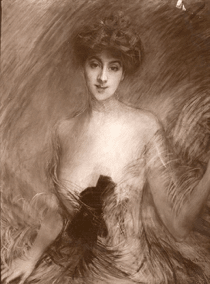
FIG. 1 - The Baroness in Pink, pastel, 90x71cm, private collection, Milan
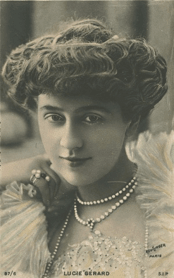
Fig. 2 - Marie-Louise Philiberte Lucy Gérard
Portrait of Mme. Lucie Gérard can be related to another larger pastel portrait of the same subject, now in a private collection in Milan, known as The Baroness in Pink (Lucie Gérard) (Fig. 1), a work which however lacks the freshness and immediacy of the pastel presented here. This is an important fact, and suggests that Boldini, having fallen in love with the subject, may have decided to create a second portrait of the “Baroness in pink”, again in pastel, which focused more on the beautiful woman’s face.
The subject portrayed is Madame Lucie Gérard (Fig. 2) – born Marie-Louise Philiberte Lucy Gérard (Lyon 1872 - Paris 1941), a French actress of the stage and silent screen. She began acting in her teens, her Paris début coming in 1888 in the opera Isoline. During her career, the actress changed her surname, calling herself Mareil. And in fact, from 1916 onwards, the woman can be found under this name in a dozen French silent films.
According to one of the artist’s closest friends, the caricaturist Georges Gourçat, Lucie Gérard was part of a small group of friends who met regularly at Boldini’s house on Sunday afternoons after the Auteuil or Longchamps races. Given her fame and beauty, the actress was the popular subject of souvenir postcards (Fig. 3), and cigarette cards (Fig. 4). Photographs of the actress dated to the last quarter of the century allow us to date this particular pastel to around 1890.
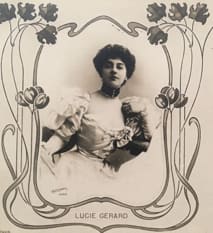
Fig. 3 - Lucie Gérard, French postcard, 1895 c.
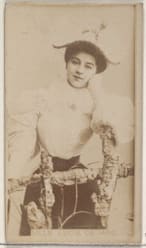
Fig.4 - Lucie Gérard, from the Actors and Actresses series,for Virginia Brights Cigarettes, 1888
Join the mailing list
Subscribe to our newsletter to receive all the news about exhibitions, fairs and new acquisitions!
